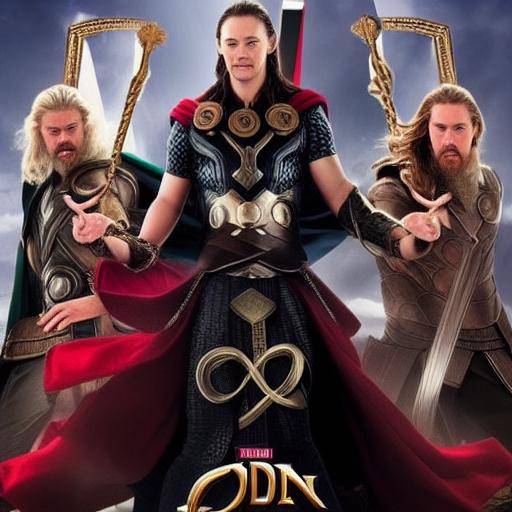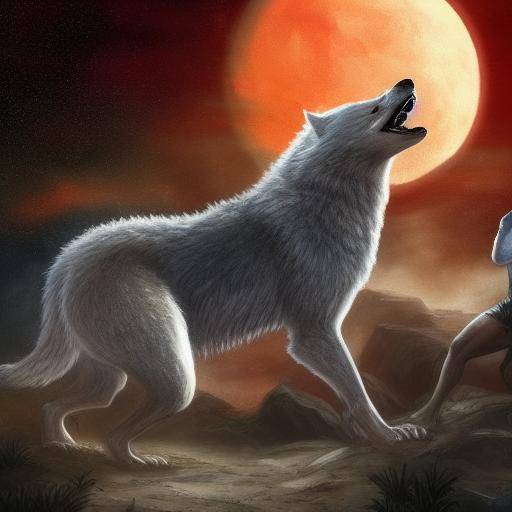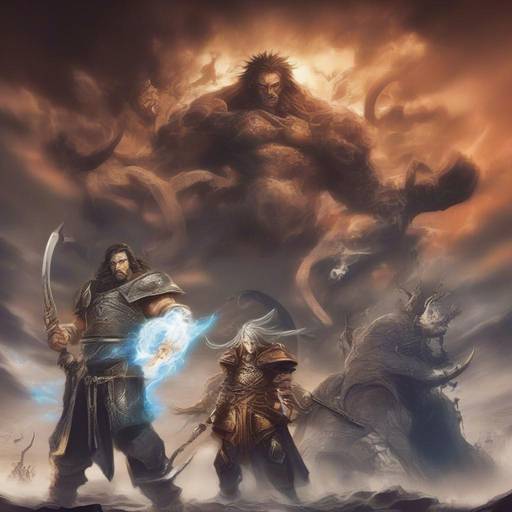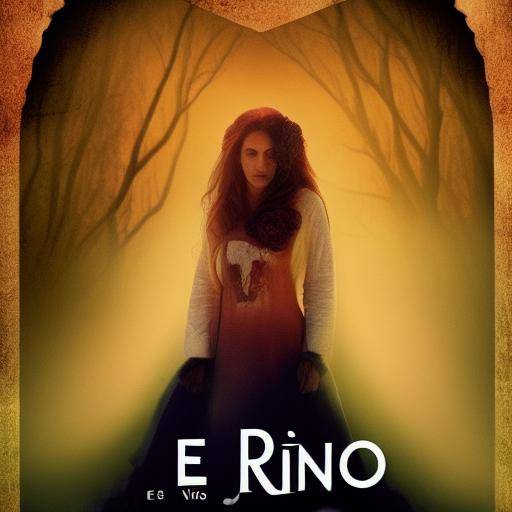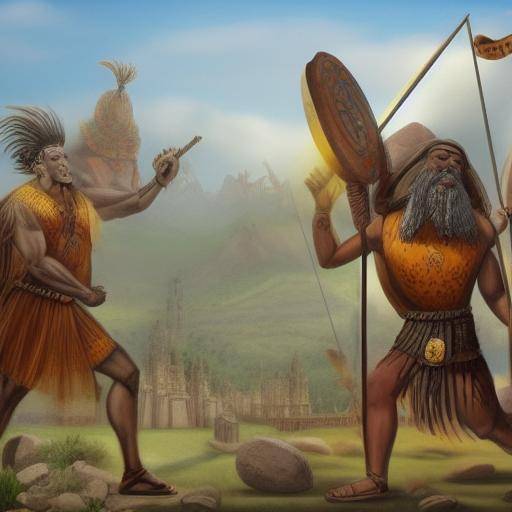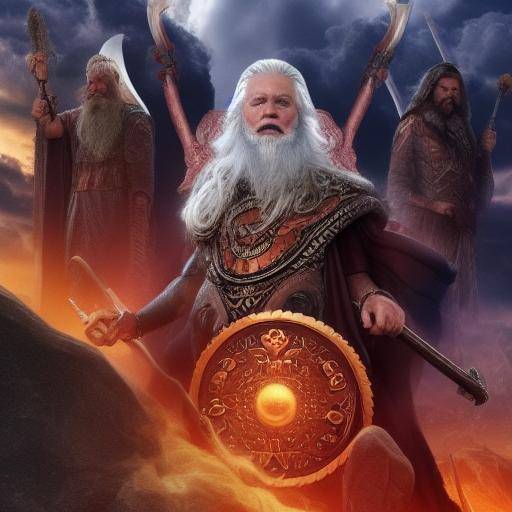
In the intriguing Nordic mythology, Odin emerges as a primary deity and a powerful supreme god. The fascinating stories of this mythical character have captivated generations, enriching folklore and Nordic tradition. In this article, we will thoroughly explore the figure of Odin, his exploits, and his place in the Nordic myths as the supreme god. In addition, we will examine the influence of Nordic mythology on contemporary culture and its continued relevance in modern society.
Introduction
Nordic mythology is a vast treasure of epic stories and intriguing characters that have endured over the centuries. Among these, we highlight Odin, a god who represents wisdom, war and poetry in Scandinavian mythology. As we explore the stories that revolve around Odin, we will also shed light on the Nordic myths in their entirety, allowing readers to immerse themselves in a world of powerful gods, unscrutable destinies and brave warrior heroes.
Origin and History
The Nordic mythology, also known as Scandinavian mythology, originates in the ancient Germanic tribes of northern Europe. Its influence spread throughout the Nordic regions, including what is now Denmark, Sweden, Norway, Iceland and parts of Finland. Thus, Odin emerges as one of the main gods in the Nordic pantheon, along with other deities such as Thor, Freyja and Loki.
The figure of Odin has been transformed over the centuries, going through various stages of worship and reinterpretation. In the Viking Age, he was perceived as the god of war, poetry and wisdom, often associated with courage in battle and inspiration for poets and narrators. As we explore the historical path of Odin, we discover how his influence has endured through generations, adapting to changing beliefs and traditions.
The Impact of Odin and the Nordic Myths
The legacy of Odin transcends the pages of the ancient stories, influencing literature, art, music and contemporary popular culture. The figure of Odin, with its unique eye and thirst for knowledge, has inspired numerous representations in modern literature and cinema, perpetuating its influence on collective imagination. Furthermore, the Nordic myths continue to be an inexhaustible source of inspiration for writers, filmmakers and creators around the world, demonstrating their lasting relevance today.
The Supreme God and His Attributes
As a supreme god, Odin is venerated by his unmatched wisdom, his skill in combat and his unbreakable determination. According to ancient legends, he sacrifices an eye to drink from the well of Mimir and gains an omniscient knowledge that distinguishes him as the "Father of All". This quest for wisdom is intrinsically linked to its role as leader of the gods and its ability to anticipate and manage the fate of mortals and deities.
Myths Nordic Vs. Modern Religion
The Nordic myths have transcended the borders of antiquity, persevering as an integral part of Scandinavian culture and its heritage. Although most Scandinavians are now identified with Christianity, the remains of Nordic mythology are manifested in traditions, names of place and in contemporary narrative. These elements remain rooted in society, rescuing and preserving the legacy of Odin and other Nordic gods.
Conclusions
The figure of Odin as the supreme god and his narrative epics in the Nordic myths exalt their transcendence through time and their lasting influence on culture, literature and arts. His legacy endures as a testimony of the inexhaustible fascination that human beings have for the powerful and complex mythological figures that capture the imagination and awaken curiosity about the mysterious and eternal.
Frequently asked questions
1. What is the role of Odin in Nordic mythology?
Odin plays a multifaceted role in Nordic mythology. In addition to being considered the supreme god, it is a figure associated with wisdom, war, poetry and magic, among other aspects. His role as the leader of the gods and his tireless quest for knowledge distinguish him as one of the most complex and venerated figures in Nordic mythology.
2. What are some of the most famous exploits of Odin in the Nordic myths?
Among the best known exploits of Odin are the attainment of supreme wisdom by sacrificing an eye, its participation in the creation of the world, its role in the battle of the end of the world (Ragnarök) and its constant search for knowledge through the nine worlds.
3. How has the figure of Odin influenced modern popular culture?
The figure of Odin has inspired numerous representations in literature, cinema, video games and other forms of modern entertainment. Its influence extends through popular culture, manifesting itself in contemporary reinterpretations that keep its relevance and symbolic power alive.
4. What is the relationship between Nordic mythology and modern religion in Scandinavian regions?
Although the majority of the inhabitants of Scandinavian regions are identified with Christianity today, the remains of Nordic mythology are still manifested in culture, place names and contemporary narrative. This coexistence of ancient traditions and modern beliefs reveals the persistent influence of Nordic mythology in the region.
5. What is the meaning of the symbol of Odin, the Valknut?
Valknut is a symbol associated with Odin that represents life, death and destiny. It has been interpreted in various ways, including its possible relationship with the world of the dead or its link with the divine power of Odin over the destiny of human beings.
6. Is there any connection between Odin and other mythological figures of different cultures?
Parallelisms and similarities have been identified between Odin and other mythological figures from various cultures, which has led to speculation about possible connections and influences between these traditions. Although it is a topic of continuous debate and exploration, the comparative study of deities can shed light on cultural connections and the shared nature of myths.
In short, the figure of Odin, the supreme god and his stories in the Nordic myths transcend time and geography, leaving an unbeatable legacy that continues to inspire and captivate generations. His role as a divine, warrior and wise being embodies the deepest aspects of human condition, perpetuating its influence on collective imagination and its role as an eternally fascinating supreme god.

